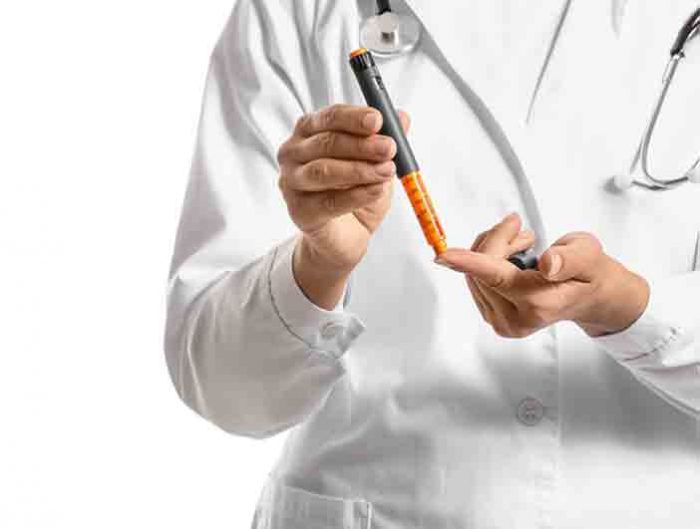Diabetes is a chronic disease in which the body cannot produce or properly use insulin, a hormone that helps convert sugar into energy. Diabetes can lead to serious health problems if it’s not controlled. For people with type 1 diabetes, they need to take insulin shots throughout the day and monitor their blood sugar levels regularly. One way of doing this is by wearing a glucose sensor on their bodies at all times!
Why Wear A Wearable Glucose Monitor To Control Diabetes?

People with diabetes might be well advised to wear a blood sugar monitor without finger pricks. The monitor is typically worn on the wrist like a watch or clipped to clothes. The sensor is inserted just under the skin, where it detects the presence of glucose in your bloodstream. It sends this information to an app on your phone, so you can track your blood sugar levels and take action if they’re too high or too low. It sounds expensive, but studies have found that people who use these monitors are more likely than non-users to keep their blood sugar levels within their target range and experience fewer hypoglycemic episodes (low blood sugar). For some type 1 diabetics, these monitors may also eliminate the need for finger-stick blood glucose monitoring. A small study found that people who used a glucose monitor at least once per day had better blood sugar control than those using finger-stick monitoring.
How Does The Glucose Monitor Work?
The glucose monitor continuously measures the wearer’s blood sugar level. These monitors are always on and can be worn on your body like a watch or clipped to your clothes. They work by using a tiny sensor inserted under the skin which detects the presence of glucose in your bloodstream. The monitor sends this information to an app on your phone so you can keep track of trends in your blood sugar levels and take action if they are too high or too low.
Benefits Of Wearable Glucose Monitor
Some of the benefits of using a glucose monitor are that you don’t need to prick your finger or suffer from the embarrassment of having to request blood sugar information. Another benefit is that it provides an accurate reading without the level changing as it’s transported to a lab. Wearable glucose monitors are also great for people with type 1, 2 or gestational diabetes who can wear one all the time. Because glucose monitors work continually, they can pick up trends in your blood sugar levels which is great for people who struggle to control their diabetes. It also provides continuous data on symptoms, which can help with stress and anxiety because you’ll know what’s causing them.
How To Use Glucose Monitor?
In order to use a wearable glucose monitor, you need to first insert the sensor which is about the size of a penny. This process is simple and can be done at home if you follow the instructions. There are also options to have your doctor insert the sensor, which means you avoid an extra trip. When inserting the sensor, you need to make sure you’re not wearing any lotion or deodorant because this can interfere with the accuracy of your glucose monitor.
Conclusion
It’s clear that wearable glucose monitors are a boon to those living with diabetes. They give people the opportunity to take control of their health and manage it more effectively, both for themselves and others in their lives who care about them.

